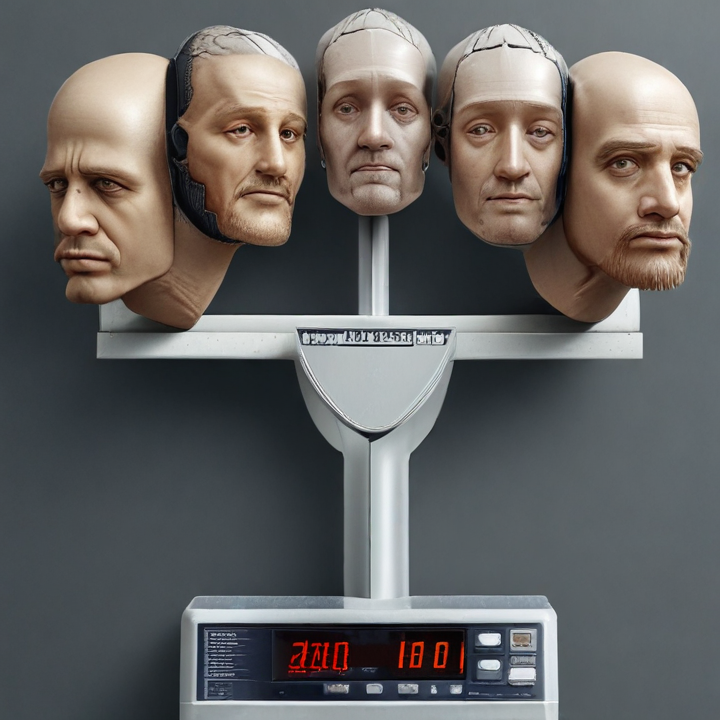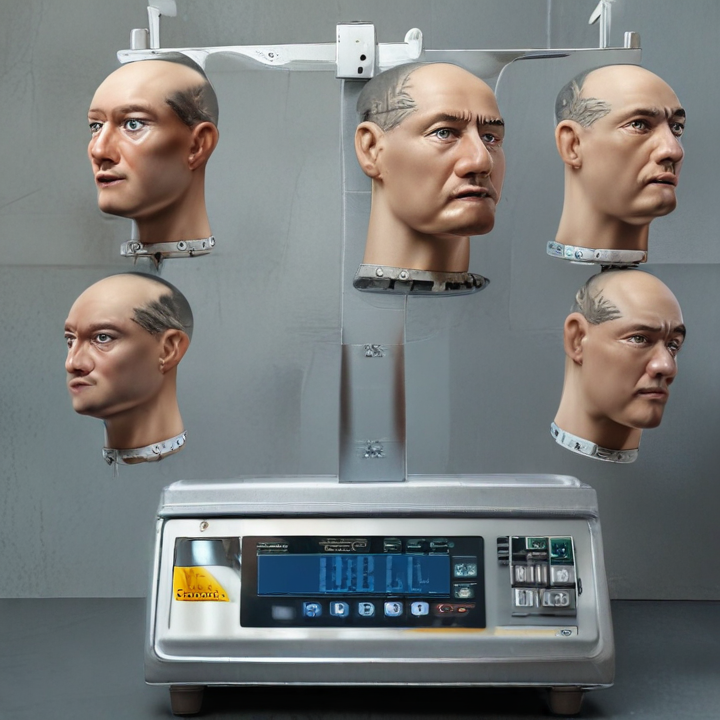List Technical Parameters of “multi head weighing machine”
A multi-head weighing machine, also known as a combination weigher, is commonly used in the food industry for accurate and fast weighing applications. Here are some of the technical parameters that define its performance and capabilities:
1. Number of Heads: Typically ranges from 10 to 32 heads, affecting both speed and precision.
2. Weighing Range: Determines the minimum and maximum weight capacity, often ranging from a few grams to several kilograms.
3. Accuracy: Usually indicated in grams, commonly ranging from ±0.1 grams to ±1 gram depending on the application.
4. Weighing Speed: Measured in weighments per minute (WPM), can range from 30 to over 200 WPM.
5. Configuration: Can be linear or radial, affecting spatial requirements and product flow.
6. Hopper Capacity: Volume of each individual hopper, typically ranging from 0.5 liters to 5 liters.
7. Material Construction: Often stainless steel to comply with hygiene standards, especially for food products.
8. Control System: Microprocessor-controlled interfaces with touchscreen for parameter settings and diagnostics.
9. Feeding System: Can be vibration, centrifugal, or belt-driven to feed products into the weighing heads.
10. Load Cells: High-precision sensors used to measure the weight of each hopper.
11. Discharge Mechanism: Includes chutes or conveyors to deliver weighed product to the packaging machine.
12. Dust and Water Protection: IP ratings (e.g., IP65) indicating resistance to dust and water ingress.
13. Software Features: Include statistical data analysis, recipe memory, and network connectivity for remote monitoring and control.
14. Integration Capabilities: Compatibility with other machines in the production line, such as packaging machines and conveyors.
15. Power Requirements: Varies with model but generally requires a 110V-240V AC supply.
16. Maintenance Features: Easy access for cleaning and part replacement, often tool-free for minimal downtime.
17. Environmental Conditions: Operating temperature and humidity ranges within which the machine can function efficiently.
Understanding these parameters can assist in selecting the right multi-head weighing machine for specific needs, ensuring both accuracy and efficiency in the production process.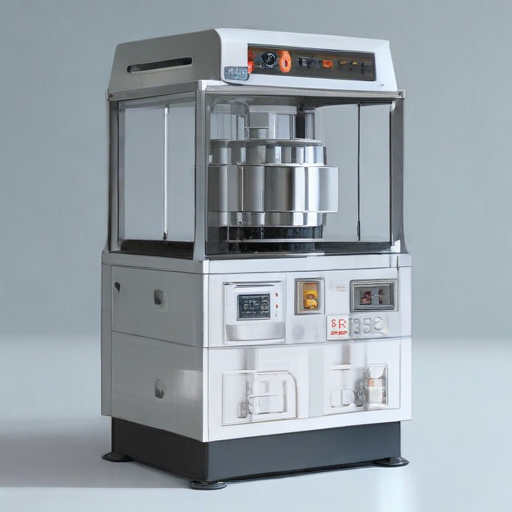
List Product features of “multi head weighing machine”
A multi-head weighing machine is an advanced piece of industrial equipment designed for the precise and efficient weighing of various products, especially in the food and packaging industries. Here are the key features of a multi-head weighing machine:
1. High Precision Weighing: Utilizes multiple weighing heads to ensure accurate measurement, reducing product giveaway and ensuring consistent package weight.
2. Speed and Efficiency: Capable of processing a high number of weighments per minute, significantly increasing production rates.
3. Multi-Product Capability: Suitable for a wide range of products including granules, snacks, confectionery, frozen foods, and other free-flowing items.
4. Programmable Weighing Parameters: Allows for customization of weighing protocols to meet specific production requirements.
5. User-Friendly Interface: Equipped with an intuitive touch screen or control panel for easy setup and monitoring.
6. Automatic Calculations: Uses sophisticated algorithms to calculate the optimal combination of weights from different heads to achieve the target weight.
7. Hygienic Design: Complies with food industry standards, featuring smooth, easy-to-clean surfaces to minimize contamination risks.
8. Stainless Steel Construction: Durable and corrosion-resistant, suitable for food processing environments.
9. Network Connectivity: Supports integration with other production line equipment and management systems for streamlined operations and data collection.
10. Real-Time Data Monitoring: Provides real-time data on performance metrics, facilitating proactive maintenance and adjustments.
11. Modular Design: Allows for easy maintenance and upgrades, with parts readily accessible for repairs or replacements.
12. Error Detection Systems: Equipped with sensors and alarms to detect and signal potential issues like overloading or faults.
13. Reduced Product Waste: Efficient design minimizes product spillage and waste, leading to cost savings and environmentally friendly operation.
14. Versatility: Can handle diverse packaging formats and sizes, from small sachets to larger bulk packs.
These features collectively make multi-head weighing machines indispensable in modern production environments, where accuracy, speed, and reliability are paramount.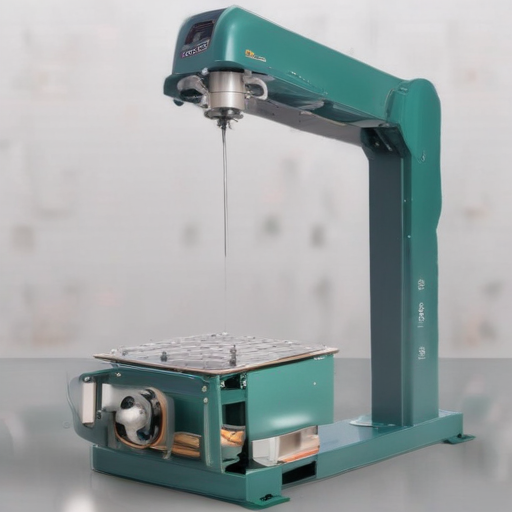
List Application of “multi head weighing machine”
Sure, here are some applications of the “multi-head weighing machine”:
1. Food Industry:
– Snacks and Confectionery: Accurately weighs chips, nuts, chocolates, and candy, ensuring consistent package weights.
– Frozen Foods: Weighs frozen vegetables, fruits, and ready-to-eat meals, maintaining portion control and reducing waste.
– Fresh Produce: Used for weighing and packaging fruits, salads, and leafy greens, preserving freshness and quality.
2. Pharmaceuticals:
– Ensures precise weighing of tablets, capsules, and other medical products, essential for dosage accuracy and safety regulations.
3. Cosmetics and Personal Care:
– Weighs powders, granules, and other bulk cosmetic ingredients, enabling precise formulation and consistent product quality.
4. Pet Food and Animal Feed:
– Accurately weighs and packages dry kibble and other pet food products, ensuring nutritional consistency and portion sizes.
5. Hardware and Fasteners:
– Weighs nuts, bolts, screws, and other small hardware components, facilitating efficient packaging and inventory management.
6. Agricultural Products:
– Used for weighing seeds, grains, and fertilizers, essential for agricultural efficiency and resource management.
7. Baked Goods:
– Ensures uniformity in the weight of baked items like biscuits, cookies, and pastries, promoting consistent quality and customer satisfaction.
8. Chemical Industry:
– Weighs powdered and granulated chemicals, ensuring precise measurements crucial for safety and efficacy in industrial applications.
9. Toys and Small Consumer Goods:
– Weighs and packages small, multipart toys and gadgets, ensuring all components are included, enhancing consumer satisfaction.
10. Coffee and Tea:
– Accurate weighing of coffee beans, ground coffee, and loose tea leaves, ensuring uniform packaging and maintaining product quality.
Multi-head weighing machines enhance production efficiency, minimize product give-away, and ensure consistent product quality across various industries, reflecting their versatile application.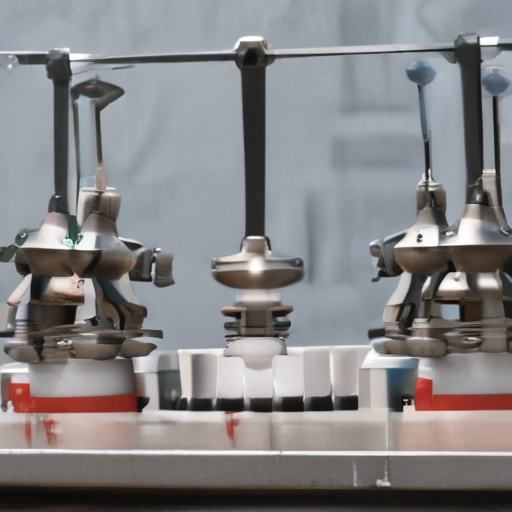
List Various Types of “multi head weighing machine”
Multi-head weighing machines, also known as combination weighers, are highly advanced devices designed to provide accurate and efficient weighing solutions for various industries, such as food, pharmaceuticals, and manufacturing. Here are some common types of multi-head weighing machines:
1. Standard Multi-Head Weighers (Linear Multi-head Weighers):
– Designed for precise and high-speed weighing of granular and free-flowing products like snacks, nuts, and confectionery.
– Typically come with 10, 14, 16, or more heads to accommodate different levels of accuracy and speed.
2. Rotary Multi-Head Weighers:
– Ideal for handling sticky or clumping products such as meats, pasta, and fresh produce.
– Feature a rotating top cone to facilitate product flow into the weighing hoppers.
3. High-Precision Multi-Head Weighers:
– Built for products that require extreme accuracy and minimal weight variance.
– Commonly used in industries like pharmaceuticals and cosmetics.
4. Compact Multi-Head Weighers:
– Designed for small spaces or production lines with space constraints.
– Suitable for small to medium-sized enterprises or low-volume production runs.
5. Waterproof and Washdown Multi-Head Weighers:
– Engineered for environments requiring high hygiene standards, such as seafood and frozen food industries.
– Constructed with stainless steel and IP-rated components for easy cleaning and water resistance.
6. Multi-Mix Weighers:
– Capable of weighing and mixing different types of products simultaneously.
– Often used for mixed snacks, trail mixes, or mixed vegetable packs.
7. Specialized Multi-Head Weighers:
– Custom-designed machines for unique applications such as fragile products (e.g., biscuits, chips) or high-viscosity items (e.g., cheese, pasta).
Each type of multi-head weighing machine is tailored to meet specific needs, ensuring accuracy, efficiency, and compliance with industry standards. These versatile machines play a crucial role in optimizing production processes, minimizing waste, and ensuring product quality.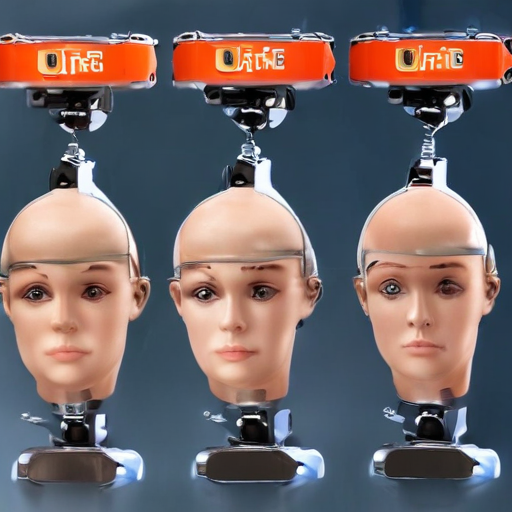
Custom Manufacturing Options for multi head weighing machine
Custom manufacturing options for multi-head weighing machines are highly tailored to meet various specific needs across different industries. Here are some key customization options:
1. Number and Type of Heads:
– Heads Count: Options generally range from 10 to 32 heads, depending on the speed, accuracy, and volume requirements.
– Head Type: Customizable for different products like granules, powders, fragile items, or mixed ingredients.
2. Material:
– Construction: Choose from stainless steel, aluminum, or plastic, depending on hygiene standards and corrosion resistance.
– Coatings: Non-stick or Teflon coatings for sticky products.
3. Feeding System:
– Vibratory Feeders: Adjustable for different product flow characteristics.
– Rotary Feeders: Ideal for consistent product distribution in primary packaging lines.
4. Weighing Range and Accuracy:
– Customization of Load Cells: Varies to suit different weighing ranges and required precision.
– Software Tuning: Algorithms customized for unique product characteristics.
5. Hopper Design:
– Shape and Size: Custom hoppers to match product properties and improve flow.
– Covering Mechanisms: Options like flap covers or slide gates to manage product feed.
6. Integration with Packaging Systems:
– Mechanical Integration: Tailored for seamless interface with existing conveyors and bagging machines.
– Electrical Integration: Customizable control panels and software for comprehensive automation.
7. Cleaning and Maintenance Features:
– Tool-less Removal: Parts designed for easy dismantling and cleaning.
– Washdown Capabilities: Equipment designed to withstand rigorous cleaning protocols.
8. Control Interface:
– User Interface: Customizable touchscreens with multiple language support.
– Data Integration: Options for integrating with ERP or other data management systems.
9. Safety and Compliance:
– Compliance: Custom solutions built to meet industry-specific standards such as FDA, CE, or UL.
– Safety Features: Interlocked guards, emergency stops, and fail-safes tailored to operating environments.
By considering these customization options, multi-head weighing machines can be precisely designed and tailored to meet the specific needs of different products and operational requirements.
List Quality Control and The Manufacturing Process of “multi head weighing machine”
Quality Control for Multi Head Weighing Machines:
1. Initial Inspection: Check raw materials for defects and ensure they meet specifications.
2. Calibration: Ensure each head is calibrated for accuracy and consistency.
3. Functional Testing: Test the machine under real-world conditions to verify performance.
4. Software Verification: Validate the software controlling the machine to ensure it operates correctly.
5. Safety Checks: Conduct electrical and mechanical safety inspections.
6. Leak Test: Ensure there are no leaks in the pneumatic or hydraulic systems.
7. Final Inspection: Perform a comprehensive review to ensure compliance with regulatory and internal standards.
8. Documentation: Maintain detailed records of tests and inspections for future reference.
Manufacturing Process of Multi Head Weighing Machines:
1. Design & Prototyping:
– Conceptualization: Design the machine based on requirements.
– Prototyping: Develop a prototype to test functionality and reliability.
2. Component Manufacturing:
– Machining: Use CNC machines to fabricate metal parts.
– Molding: Create plastic components through injection molding.
– Electronics: Manufacture circuit boards and other electronic components.
3. Assembly:
– Sub-assembly: Assemble smaller components like load cells, actuators, and sensors.
– Main Assembly: Integrate sub-assembled parts into the main machine structure.
– Wiring: Connect electrical systems.
4. Calibration & Testing:
– Initial Calibration: Set up the weighing heads and calibrate them for precision.
– Functional Test: Simulate actual working conditions to test performance.
5. Software Integration:
– Programming: Install and configure software to control the machine.
– Testing: Ensure the software communicates correctly with the hardware.
6. Final Assembly & Inspection:
– Integration: Assemble the machine fully and perform a systems check.
– Final Calibration: Make any necessary adjustments to ensure optimal performance.
– Inspection: Perform a last round of quality checks before packaging.
7. Packaging & Shipping:
– Protective Packaging: Use secure packaging methods to prevent damage.
– Labeling: Clearly label for identification.
– Shipping: Transport to customer or storage.
Quality control ensures the reliability and precision of the multi head weighing machine, while the structured manufacturing process guarantees high standards and efficient production.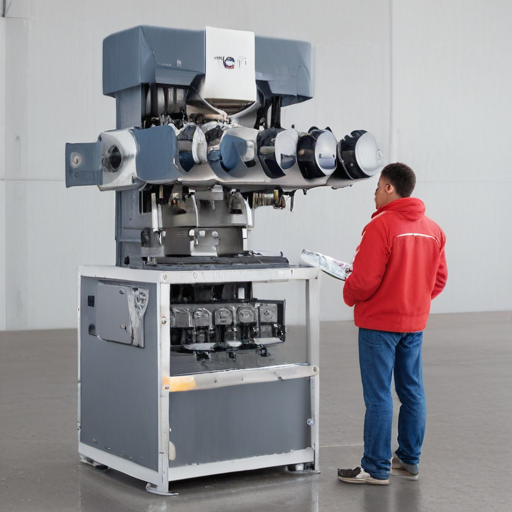
How to use “multi head weighing machine”
A multi-head weighing machine, also known as a combination weigher, is used for accurately measuring and dispensing various products, commonly in the food packaging industry. Here’s a simple guide on using it:
Setup:
1. Positioning: Place the machine on a level surface close to the production line.
2. Power: Connect the machine to a power source and switch it on.
3. Calibration: Perform initial calibration using the machine’s interface to ensure accurate measurements.
Operation:
1. Load Hoppers: Fill the machine’s hoppers with the product to be weighed.
2. Set Parameters: Use the control panel to set target weights for each package, and adjust speed settings if needed.
3. Start Weighing: Activate the machine to begin the weighing process. The machine will automatically combine weights from different hoppers to achieve the target weight.
4. Dispense Product: The machine will dispense the combined weight into packaging containers positioned below it.
Monitoring:
1. Display: Monitor weights and operational status via the interface.
2. Error Alerts: Watch for any error messages and address them promptly to avoid downtime.
Maintenance:
1. Clean Regularly: Power off and clean the machine regularly to avoid contamination and ensure accuracy.
2. Check Components: Periodically inspect hoppers, load cells, and other critical components for wear and tear.
Troubleshooting:
– Inconsistent Weights: Recalibrate the machine if weights are inconsistent.
– Hopper Jamming: Clear any blockages in the hoppers if there is a jam.
Using a multi-head weighing machine effectively involves proper setup, regular monitoring, and periodic maintenance to ensure consistent and precise measurements.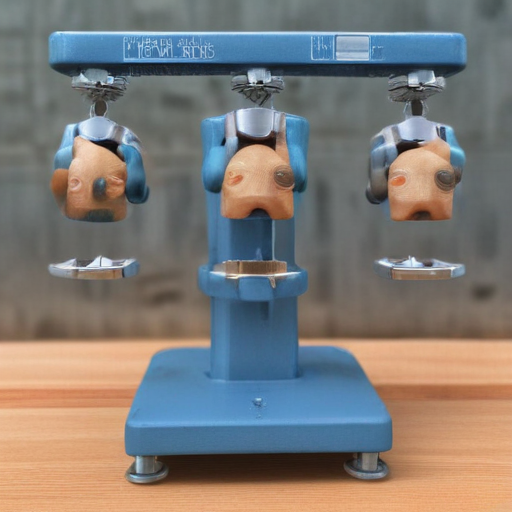
List Properties and Terms of “multi head weighing machine”
A Multi-Head Weighing Machine, typically used in food processing and packaging, ensures precise and efficient weighing of products. Here are its key properties and terms:
Properties:
1. Accuracy: High precision measurement for consistent weight.
2. Speed: Rapid operation, suitable for high-volume production.
3. Flexibility: Compatible with various product types (granular, powdered, solid).
4. Combination Weighing: Multiple hoppers work in combination to achieve the desired weight.
5. Automation: Integration with automated packaging lines.
6. Durability: Robust construction for long-term use in industrial environments.
7. Hygiene: Stainless steel design for easy cleaning, critical in food handling.
8. User Interface: Intuitive digital controls and displays.
9. Data Logging: Recording of weight data for quality control and analytics.
10. Modular Design: Expandable to match production needs.
Terms:
1. Hopper: Funnel-shaped container that feeds the product into the weighing system.
2. Load Cell: Sensor that measures the product’s weight.
3. Head: Individual weighing units that together form the multi-head system.
4. Discharge Chute: Pathway through which the weighed product exits the machine.
5. Control Panel: Interface for setting parameters and monitoring processes.
6. Tare Weight: Weight of the container being deducted to ensure only the product’s weight is measured.
7. Target Weight: Desired weight for packaging.
8. Deviation: Tolerance level for weight accuracy.
9. Cycle Time: Time taken to complete one weighing and discharge cycle.
10. Product Parameters: Settings adjusted for different product types (e.g., density, stickiness).
These factors and terms collectively define the functionality and efficiency of a Multi-Head Weighing Machine, ensuring it meets the demands of modern packaging lines.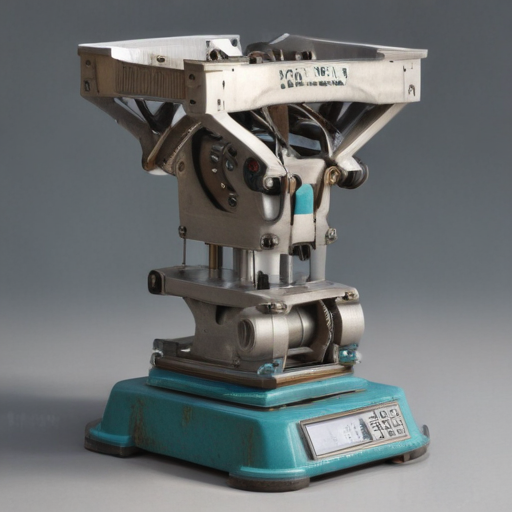
List The Evolution history of “multi head weighing machine”
The multi-head weighing machine, a staple in modern packaging, has a fascinating evolution rooted in the demands for speed, accuracy, and efficiency in the food industry.
Late 1970s – Inception:
The concept of multi-head weighing machines originated in Japan around the late 1970s. Ishida, a key player, introduced the first commercial multi-head weigher in 1972, aiming to revolutionize the portioning process for food products. This initial model featured eight heads and was primarily used for packaging noodles and confectionery items.
1980s – Development:
Throughout the 1980s, Ishida and other manufacturers refined these machines, increasing the number of heads and improving the accuracy. The adoption spread across Europe and North America, driven largely by the snack food industry’s need for quick and precise portioning.
1990s – Advancements:
By the 1990s, multi-head weighers had evolved to include 10, 12, and 14-head models. Technological advancements, such as microprocessors and digital controls, enhanced their precision and reliability. Sophisticated algorithms were developed to optimize the combination of heads to achieve the target weight.
2000s – Integration and Innovation:
In the 2000s, integration with other packaging machinery like VFFS (Vertical Form Fill Seal) became common, allowing seamless production lines. Innovations such as waterproof and hygienic models catered to a broader range of food products, including fresh produce and frozen foods.
2010s – Technological Enhancements:
The advent of smart technology in the 2010s brought further enhancements. Multi-head weighers were equipped with touch-screen interfaces, real-time data analytics, and IoT (Internet of Things) capabilities. This era saw the rise of mixed weighers, capable of handling different products simultaneously, and high-speed models with over 20 heads.
2020s – The Future:
As of the early 2020s, multi-head weighers continue to advance with AI-driven optimization, further integration with Industry 4.0 frameworks, and increased sustainability through reduced product waste. The focus now includes machine learning to improve efficiency and predictive maintenance to minimize downtime.
From their origins to their current state, multi-head weighers have significantly transformed the packaging industry, offering unmatched accuracy, speed, and efficiency.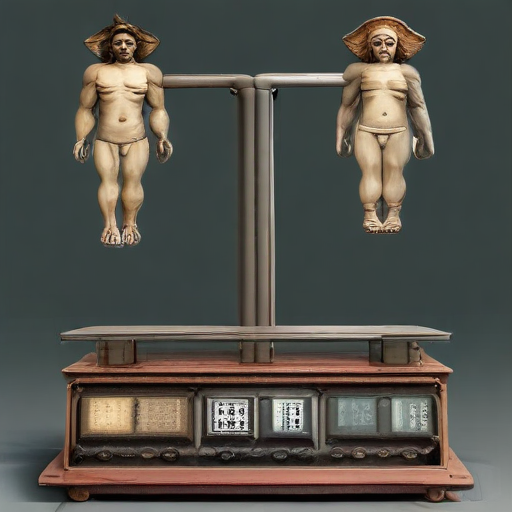
How to Select a Reliable multi head weighing machine
Selecting a reliable multi-head weighing machine involves several critical factors:
1. Accuracy and Precision: Ensure the machine offers high accuracy. Check for specifications like the standard deviation and minimum weight capacity to understand its precision scales.
2. Compatibility with Products: Verify that the machine can handle the type of products you need it for, considering both the physical characteristics (e.g., dustiness, stickiness) and weight range.
3. Speed and Efficiency: Consider the machine’s speed. Ensure it can keep up with your production demands without compromising accuracy. Look into its weighment speed and the number of heads it has; more heads generally mean higher speed.
4. Build Quality and Durability: Select machines made from high-quality materials like stainless steel. This is especially important if the machine will be used in harsh environments. Check for features like anti-corrosion and easy-to-clean surfaces.
5. Ease of Use: User-friendly interfaces and programmable settings are essential for minimizing training time and operational errors. Look for machines with intuitive touch screens and easy-to-follow instructions.
6. Maintenance and Support: Reliable after-sales support and readily available spare parts are crucial. Check the manufacturer’s reputation, warranty terms, and whether they offer prompt customer service and technical support.
7. Cost of Ownership: Consider not just the initial purchase price but also the total cost of ownership, including maintenance, parts, and operational costs. Machines with energy-efficient features can save money in the long run.
8. Compliance with Standards: Ensure the machine complies with relevant industry standards and regulations, such as those set by the FDA or CE, to avoid any legal or compliance issues.
9. Reviews and References: Look for user reviews and ask for references from other businesses that use the machine. This can provide real-world insights into its reliability and performance.
Taking these factors into account will help ensure you select a reliable, efficient, and cost-effective multi-head weighing machine suitable for your needs.
List “multi head weighing machine” FAQ
Multi Head Weighing Machine FAQ
1. What is a multi head weighing machine?
A multi head weighing machine, also known as a combination weigher, is a device used in packaging processes to precisely weigh and dispense a variety of products, such as snacks, fruits, vegetables, and hardware items. It typically features multiple heads, or weigh hoppers, that work together to achieve a precise target weight.
2. How does a multi head weigher work?
The machine uses a combination of several weigh hoppers to quickly and accurately measure product weight. Each hopper is independently weighed, and a microprocessor combines the weights to reach the desired target weight. The selected combination is then dispensed into packaging.
3. What industries use multi head weighers?
Multi head weighers are commonly used in the food industry for packing snacks, candies, frozen products, and fresh produce. They are also used in non-food industries such as pharmaceuticals, chemicals, and hardware.
4. What are the benefits of using a multi head weighing machine?
– Accuracy: High precision weighing minimizes product giveaway.
– Speed: Faster weighing and packaging improve throughput.
– Versatility: Suitable for a wide range of products and packaging types.
– Efficiency: Automated process reduces manual labor and errors.
5. Can multi head weighers handle sticky or wet products?
Yes, some multi head weighers are designed with special finishes and features to handle sticky, wet, or fragile products. These models may use materials like stainless steel and have non-stick surfaces to ensure smooth operation.
6. How do you maintain a multi head weighing machine?
Regular maintenance includes cleaning the weigh hoppers and other parts, inspecting for wear and tear, calibrating the scales, and checking software updates. Adhering to manufacturer maintenance schedules ensures long-term performance and accuracy.
7. What factors should be considered when choosing a multi head weigher?
– Product Type: Size, stickiness, and fragility of the product.
– Speed Requirements: Production line throughput needs.
– Accuracy Needs: Desired precision of the weighments.
– Space Constraints: Available space on the production floor.
– Budget: Initial cost and long-term maintenance expenses.
This summary aims to provide essential information about multi head weighing machines in a concise manner.
Top 10 FAQ with answer about multi head weighing machine for Buyer Sourcing from China
Sure, here are the top 10 frequently asked questions (FAQ) about sourcing multi-head weighing machines from China, along with concise answers:
1. What is a multi-head weighing machine?
A multi-head weigher is an advanced machine used for precise and high-speed weighing of products in bulk, typically in the food packaging industry. It uses multiple heads (weighing buckets) to calculate the best combination to achieve the target weight.
2. What are the key benefits of a multi-head weigher?
They offer high accuracy, speed, and efficiency in product weighing, reducing product giveaway, improving packaging quality, and optimizing production lines.
3. How do I select the right multi-head weigher for my needs?
Consider factors like product type, target weight, required accuracy, production speed, material compatibility, and integration with existing systems.
4. What are the quality standards I should look for when sourcing from China?
Ensure the supplier adheres to international standards such as ISO, CE, and HACCP. Check for certifications and quality control measures in place.
5. How reliable are multi-head weighers from Chinese manufacturers?
Many Chinese manufacturers, like Ishida and others, have reputable, high-quality offerings. Verify through reviews, references, and direct communication with the supplier.
6. What is the typical price range for a multi-head weigher?
Prices can range from $5,000 to $30,000+ depending on features, brand, and capacity. Obtain multiple quotes to ensure competitive pricing.
7. How long is the lead time for delivery?
Standard lead times are 4-8 weeks. Confirm with the supplier, as customizations may extend this period.
8. What about after-sales service and support?
Ensure the supplier offers robust after-sales support, including spare parts availability, technician training, remote assistance, and local service centers.
9. Can I request a demo or visit the factory?
Reputable suppliers often allow factory visits or provide video demos. This can help assess manufacturing capabilities and product quality.
10. What are the financing and payment terms typically offered?
Common terms include T/T (Telegraphic Transfer), L/C (Letter of Credit), or milestones payments. Negotiate terms that minimize financial risk and align with your cash flow.
By considering these FAQs, you can make a more informed decision when sourcing multi-head weighing machines from China.

